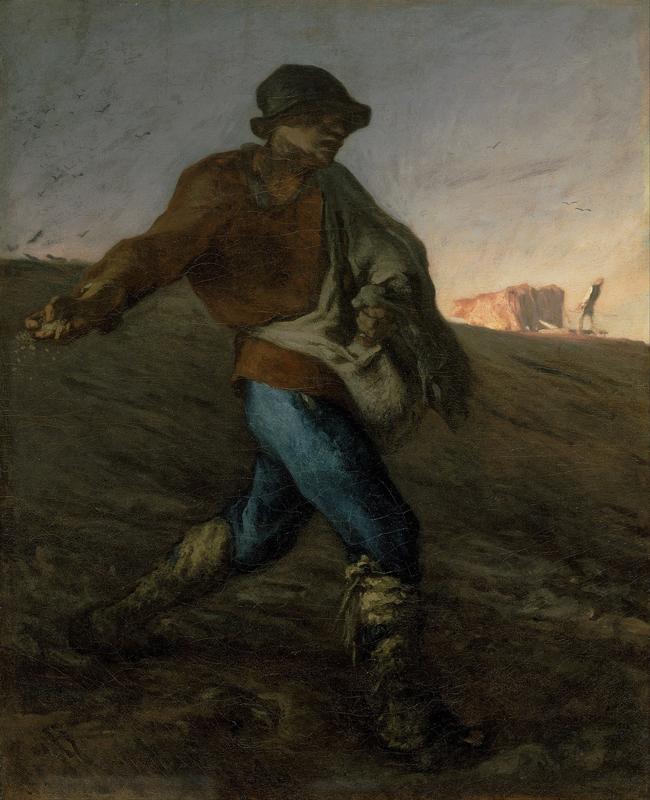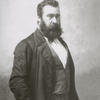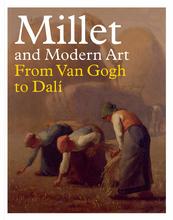More about The Sower
- All
- Info
- Shop

Contributor
Superstitious art collectors, beware: the lives of The Sower’s buyers were far from tranquil.
This eerie rural scene, Millet’s first great artistic triumph, was first sold to fellow painter William Morris Hunt. Hunt was immediately taken by the tableau when it was exhibited at the 1851 Salon. He subsequently lived for two years with the artist in Barbizon, home to an eponymous school of landscape and farm scene painters who drew inspiration from John Constable. Tragedy would strike, however, when the artist returned to the USA, where the Great Boston Fire of 1872 robbed him of his studio and art collection. Hunt left for Mexico three years later for a mural project, but the work was improperly erected and ruined. The talented, but ill-fated artist’s misfortune culminated in New Hampshire, where he drowned in 1879.
Years before his death, Hunt had sold The Sower to the immensely wealthy Quincy Adams Shaw, whose own backstory was equally peculiar. Shaw was born to money, and his mother Elizabeth Willard Parkman was an heiress of extraordinary means. Her brother, physician George Parkman, was murdered in 1849 in one of the most infamous cases of the century. George’s murder at the hands of unassuming Harvard lecturer John White Webster was reported by Ephraim Littlefield, a school janitor who grew suspicious when Webster gave him a Thanksgiving turkey. Littlefield watched beneath a door as Webster burned evidence and personally chopped through a brick wall to discover human remains in the furnace waste.
Eerie buyer stories aside, The Sower itself unsettles the viewer. The farm depicted here is far from a cheery Pissarro or van Gogh landscape, replacing yellows and greens with deep browns and forgoing frolicking farm animals for a menacing murder of crows. The sower has the physique of a Michelangelo and the posture of an athlete, yet his shadowed eyes and soiled clothing speak to the monotony of farm labor and the resigned sufferings of French peasants. Walt Whitman was enchanted by The Sower, fascinated by the subject’s caged fury, but other critics weren’t quite so kind; one labeled the work mere “trowel scrapings.” Whatever their opinions, onlookers could not ignore The Sower; his gargantuan stature and evident toil brought an atmosphere of discomfort to the bourgeois Paris Salon.
Sources
- “Barbizon School.” Wikipedia. May 19, 2018. Accessed June 28, 2018. https://en.wikipedia.org/wiki/Barbizon_school.
- “Parkman-Webster murder case.” Wikipedia. June 4, 2018. Accessed June 28, 2018. https://en.wikipedia.org/wiki/Parkman%E2%80%93Webster_murder_case.
- “Jean-François Millet.” The Art Story. 2018. Accessed June 28, 2018. https://www.theartstory.org/artist-millet-jean-francois-artworks.htm.
- “Jean-François Millet.” Wikipedia. June 3, 2018. Accessed June 28, 2018. https://en.wikipedia.org/wiki/Jean-Fran%C3%A7ois_Millet.
- “Quincy Adams Shaw.” Wikipedia. June 15, 2018. Accessed June 28, 2018. https://en.wikipedia.org/wiki/Quincy_Adams_Shaw.
- “The Sower.” Museum of Fine Arts Boston. 2018. Accessed June 28, 2018. https://www.mfa.org/collections/object/the-sower-31601.
- “William Morris Hunt.” Smithsonian American Art Museum. Accessed June 28, 2018. https://americanart.si.edu/artist/william-morris-hunt-2359.
Featured Content
Here is what Wikipedia says about The Sower (Millet)
The Sower is an oil painting by the French artist Jean-François Millet from 1850. It is one of several versions of the theme painted by Millet. The work has been part of collection of the Museum of Fine Arts in Boston since 1917.
Check out the full Wikipedia article about The Sower (Millet)














